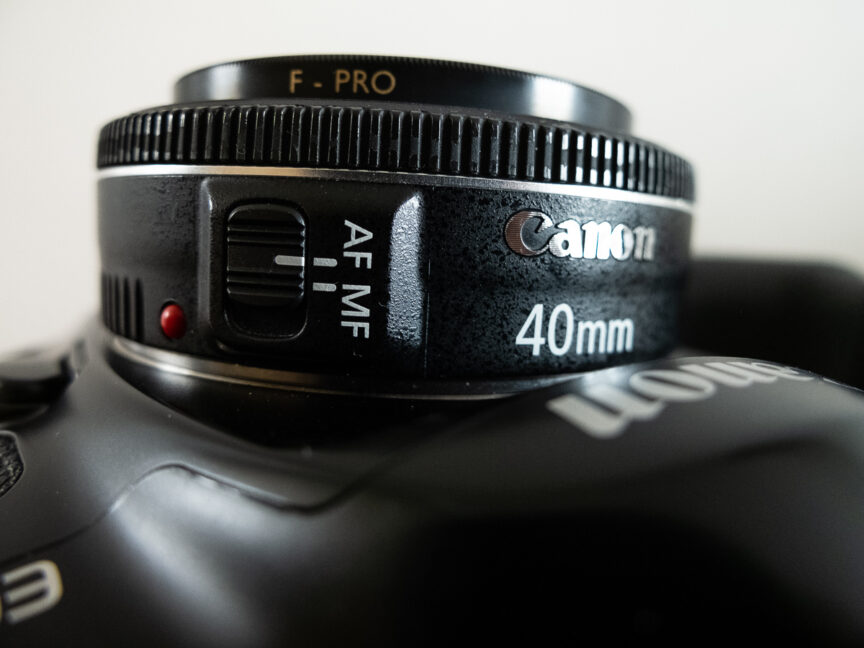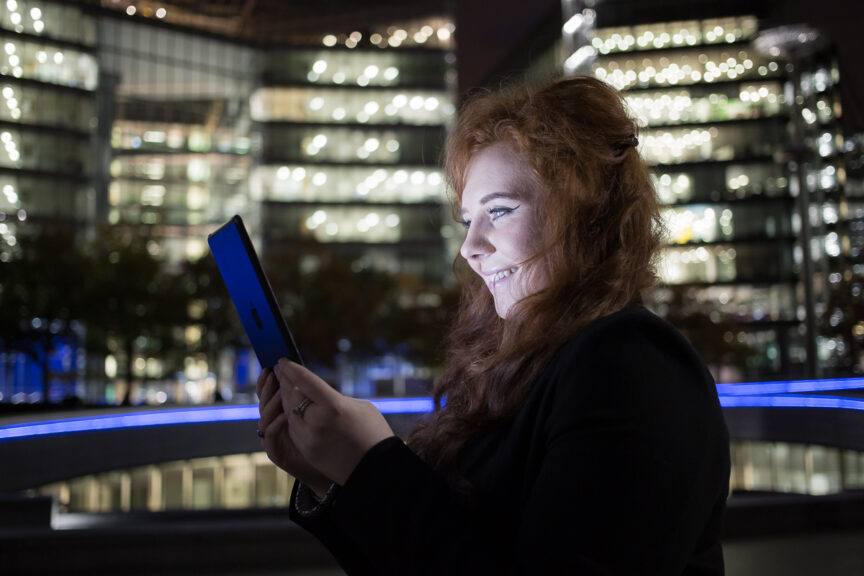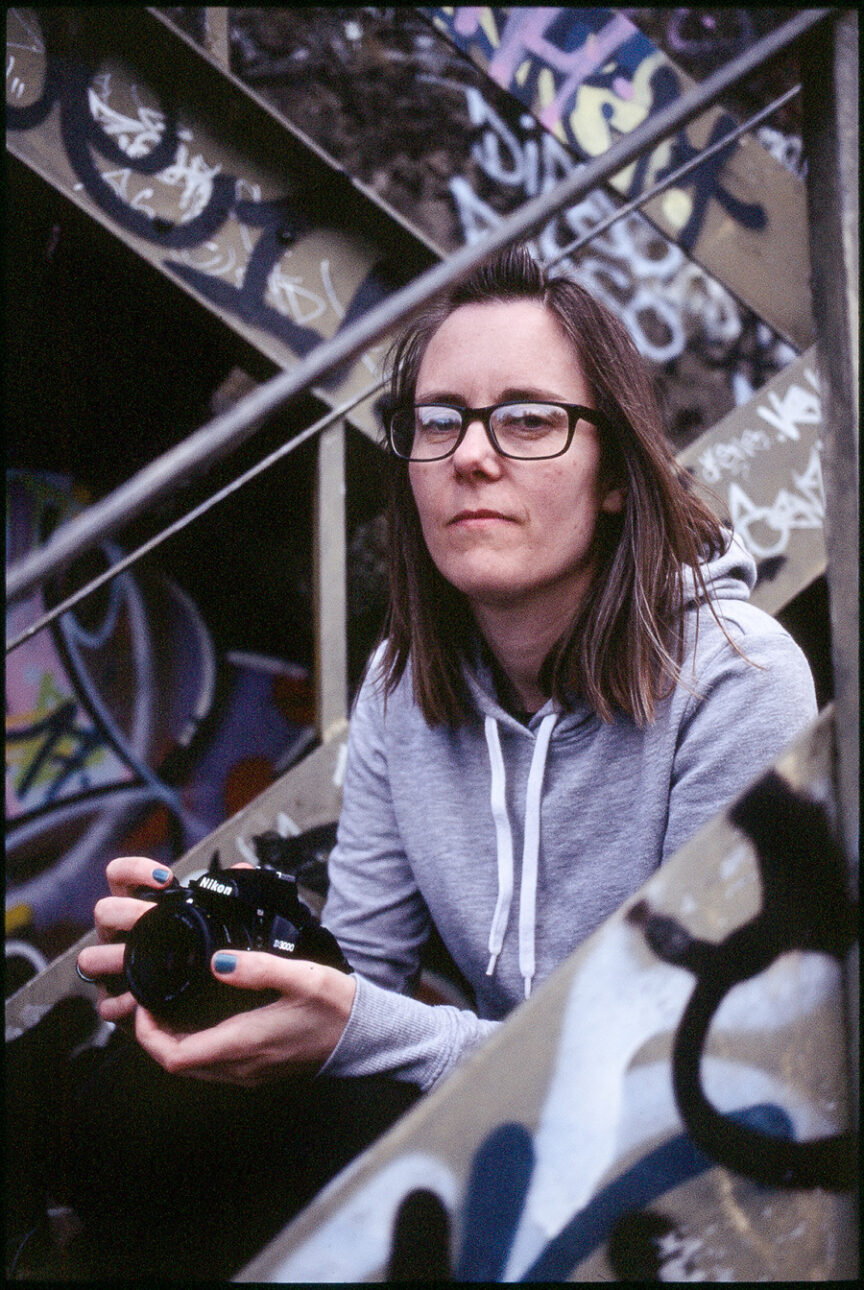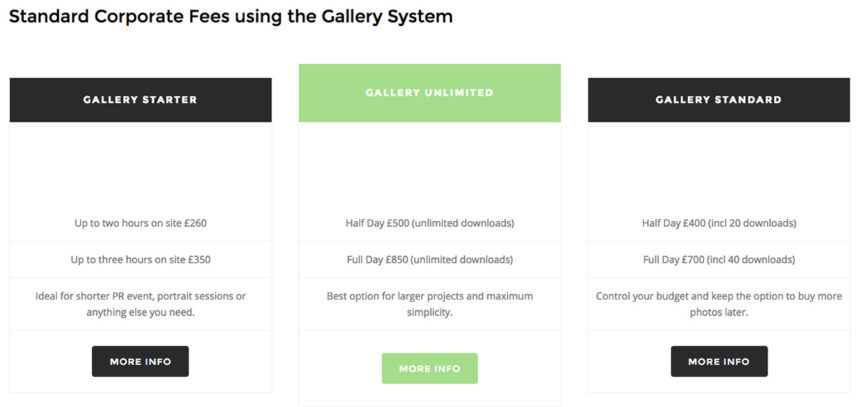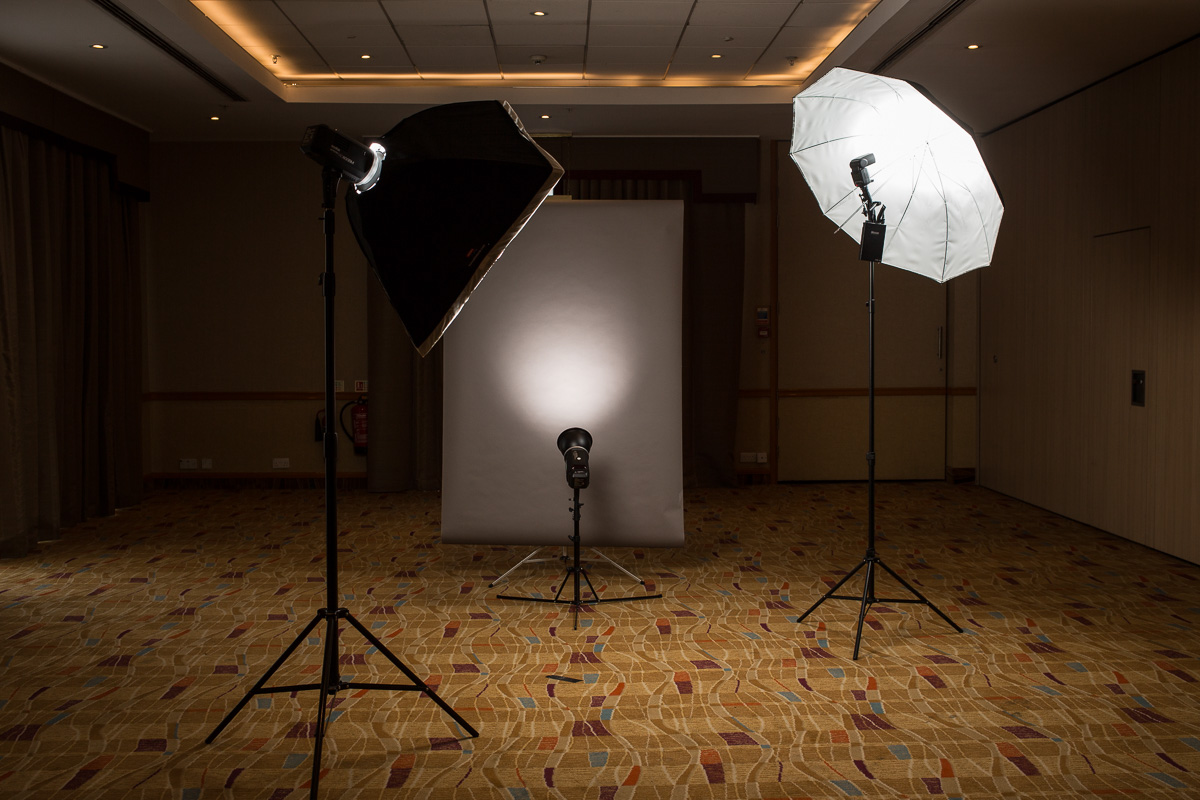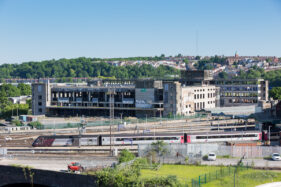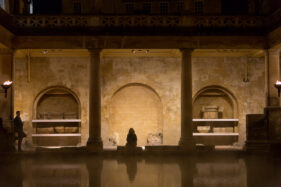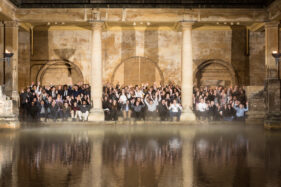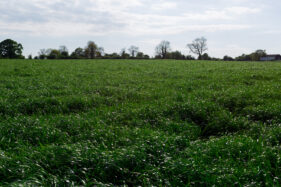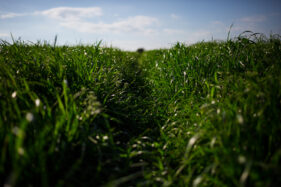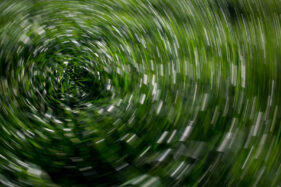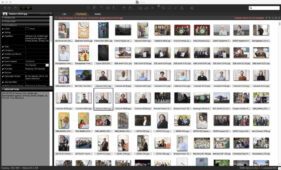A couple of weeks ago I promised you an article about how photographers set their rates and where I fit into the market. Then I spotted some shiny things and got distracted and ended up writing about other stuff. Suitably self-chastised, I’m back on track and ready to tackle the subject properly.
I’ll qualify this article by admitting that I can’t explain all photographers’ rates for all genres. This article concentrates on photography for commercial usage by businesses, charities and other organisations. When it comes to rates set by social photographers (think families, pets, dinner dances and weddings) this is structured in a different way because the images aren’t generally licensed for commercial exploitation.
There was a time when commercial photographers worked up an estimate by showing the shoot costs plus their licensing fee based on usage and a fair few still do this, but in my experience I found it difficult to keep explaining all the cost elements repeatedly because the vast majority of clients booking me are not specialist in the field of commissioning photography. More often than not I’m contacted by an office secretary or perhaps an in-house or externally-hired press officer or public relations person.
This isn’t a criticism, it’s just one aspect of how the industry has changed and a few years ago I realised that things had shifted in such a way that I needed to simplify my fee structure in order to speed up the understanding of what I was charging and what was included or excluded.
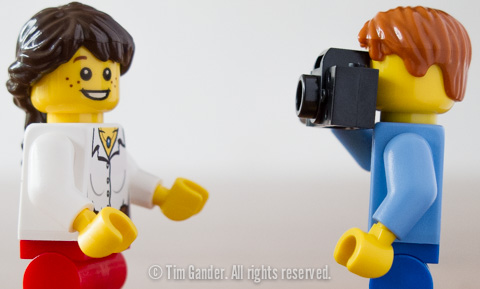
Now if I was a Lego photographer, I wouldn’t have to worry about running costs*
*random stock photo
What I ended up with was three main packages, one of which hardly anyone ever goes for (ironically my cheapest package, albeit with the greatest number of restrictions). And of the two other packages, the highest fee package is by far the most popular because it’s the most flexible.
If I break down my fees into their constituent elemets, essentially what I’m charging for is a combination of time on site, editing and processing time and the client’s licence to use the images for their corporate communications.
However, if you asked me to make that break-down specific, I couldn’t. I might be able to suggest rough percentages, but they really would be vague and not very informative.
There are of course other factors to account for. Within any freelance photographers fee there has to be an element of skill level and experience charged for. This is probably where I start to look pricey compared to someone who has just picked up a camera, read the instruction book and decided it’s their life ambition to take pictures for money. I reckon 25 years’ experience shows in how I approach clients, how I conduct myself on assignment right through to how the end results look and I consider all of these factors important and worth a premium.
Slightly more tangible are the running costs of being a photographer. Cameras, lenses and supporting equipment (batteries, chargers, bags) as well as a car and its associated costs, public liability insurance, computers, software, image hosting, image storage… All these things and more have to be considered before even a profit and salary (on which tax will be paid) need to be accounted for within a fee.
So where do my fees fit into the overall picture? How did I set them? The simple answer is that before I introduced my current structure I was spending quite a lot of time drawing up estimates for clients who were all of a certain level (SMEs to larger businesses with multiple office locations, but not the Goliath organisations with global span).
More often than not I found my estimates coming to very similar amounts by the time I’d factored in all the costs plus the licence fee. Eventually it just made sense to set up the three packages I have now and they’ve not only attracted more clients with their simplicity and up-front openness, but I spend much less time writing up estimates, which has to be a good thing.
Much of this has the air of a guessing game, but having worked out what it costs to run my business, what I need as a salary, and how many days a year I can expect to get paid commissions, it then comes down to whether I can attain the kind of quality that enough clients are willing to pay my fees to make the whole thing viable. This, in effect, is a business plan and is very much why I charge what I charge. Simple really, but also quite complicated which is probably why cheaper photographers charge what they do, but find they can’t sustain their businesses. That’s a whole other post, which I’m sure I’ve written already.

